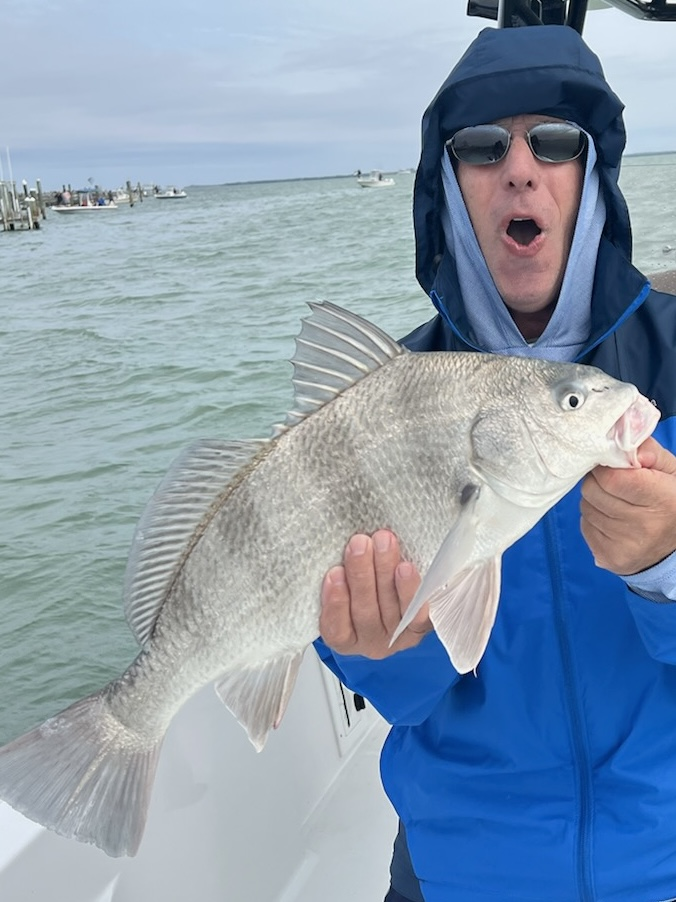
Fishing before and after a cold front can present different challenges and opportunities. Cold fronts often change atmospheric pressure, temperature, and weather conditions, affecting fish behavior. Here are some general tips for fishing before and after a cold front:
Before a Cold Front:
-
Increased Activity:
-
Fish tend to be more active before a cold front arrives. Take advantage of this by using lures or baits that mimic the prey the fish are targeting.
-
Change in Weather:
-
Before the front, the weather is typically stable, and the barometric pressure is higher. Fish may be more willing to move and feed in these conditions.
-
Shallow Water Fishing:
-
Target shallow areas where fish may be feeding actively. As the cold front approaches, fish often move to shallower waters.
-
Fast-moving Baits:
-
Use fast-moving baits like crankbaits, spinners, or topwater lures to cover much water quickly and trigger reaction strikes.
After a Cold Front:
-
Adjust to the Drop in Temperature:
-
Fish tend to be less active after a cold front passes, as the drop in temperature can temporarily slow their metabolism. You may need to fish more slowly and deliberately.
-
Deeper Water Fishing:
-
Fish often move to deeper water after a cold front. Use baits that target deeper areas, such as jigs, soft plastics, or drop-shot rigs.
-
Lighter Line and Finesse Techniques:
-
Consider using lighter fishing lines and finesse techniques to entice lethargic fish. They may be more reluctant to strike so that finesse presentations can be effective.
-
Patience is Key:
-
After a cold front, fish may take time to acclimate to the new conditions. Be patient, and experiment with different baits and techniques until you find what works.
-
Fish Structure:
-
Focus on fishing around structures, such as rocks, submerged trees, or drop-offs, where fish may seek refuge or find food.
-
Use Natural Colors:
-
In post-frontal conditions, fish can be more skittish. Consider using natural, subtle colors for your lures.
-
Monitor Water Temperature:
-
Keep an eye on water temperatures, as they can influence fish behavior. Warmer areas may still attract fish even after a cold front.
Remember that fishing can be unpredictable, and local conditions can vary. Observing the water, adapting to the changing conditions, and experimenting with different techniques will increase your chances of success before and after a cold front.
Source link


